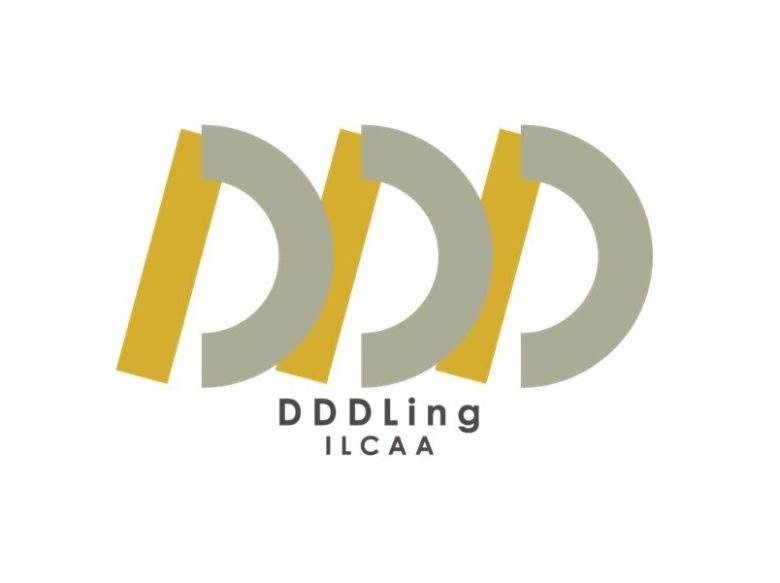
*This event has already been held.
Date/Time
20 October, 2022 (Thu.), 15:00–16:00
Venue
Online Meeting via Zoom
Program
15:00–16:00
Shuya ZHANG (JSPS Postdoctoral fellow)
“Lost nephew: how the vicissitudes of Gyalrongic nibling terminology shed light on the Proto- Gyalrongic family structure?”
Kinship terms inherited from the proto-language may develop different meanings in different daughter languages. A classic example concerns Proto-Indo-European (PIE) *népōts, which developed two seemingly unrelated meanings in Indo-European (IE) languages, ‘nephew (in particular sister’s child)’ and ‘grandchild’. Reconstructing ‘grandchild, descendant’ as the original meaning of PIE *népōts left much room and clues for the speculation of the social institutions leading to the semantic change from ‘grandchild’ to ‘nephew’ in IE languages. In Sino-Tibetan, Gyalrongic languages, a conservative branch spoken in Northwestern Sichuan, present a similar yet more intriguing case related to their nibling terms, with a mixture of cross-dialectal divergence and intra-dialectal polysemy. The Gyalrongic etymon #ptsa exhibits a semantic split between ‘nibling’, attested in the west sub-branch, and ‘cousins’, found in the east branch. Moreover, in a few varieties, the reflexes of Gyalrongic #ptsa involve a cross-generational equation, and are used for both sister’s children and father’s sister’s children. Such equation is noteworthy, as it is reminiscent of the Omaha skewing (named after the Omaha Indians in today’s Nebraska) (Jacques 2012). However, unlike IE languages, the majority of Gyalrongic languages lack written records, linguistics is thus one of the only methods that allow us to trace the historical development of Gyalrongic kinship systems and to speculate on family structures of the Gyalrongs. In attempting to explain the puzzle of the Gyalrongic etymon #ptsa, this talk presents the nibling terms and other relevant information in Gyalrongic languages. It proposes a reconstruction of the Proto-Gyalrongic nibling terminology, and hypothesizes scenarios of historical development to account for the modern diversity of nibling terminologies. On this basis, it will show how the reconstructed nibling terminology can shed light on the family structure of Proto-Gyalrongic speakers. This study will also have indirect repercussions on the historical status of Omaha skewing in Sino-Tibetan (see for example Benedict 1942).
References:
Benedict, P. K. 1942. Tibetan and Chinese kinship terms. Harvard Journal of Asiatic Studies 6:313– 337.
Jacques, G. 2012. The Tangut kinship system in Qiangic perspective. In Medieval Tibeto-Burman Languages, ed. N. W. Hill: 211–256. Leiden: Brill.
Chair
Shintaro ARAKAWA (ILCAA)
Language
English
Admission
Free
Pre-registration
Pre-registration is required. Please register here.
Jointly Organized by
- Research Institute for Languages and Cultures of Asia and Africa (ILCAA)
- ILCAA, Core Project “Description and Documentation of Language Dynamics in Asia and Africa: Toward a More In-depth Understanding of the Languages and Cultures of People Living in Asia and Africa (DDDLing)”
(Posted 12 October, 2022)


